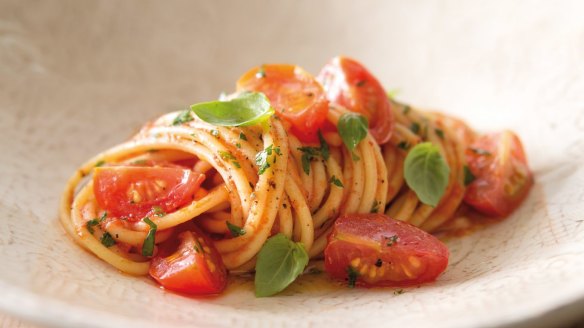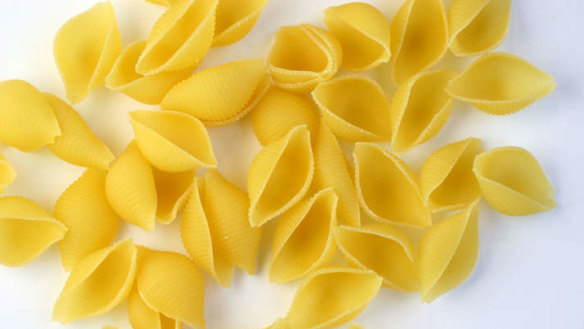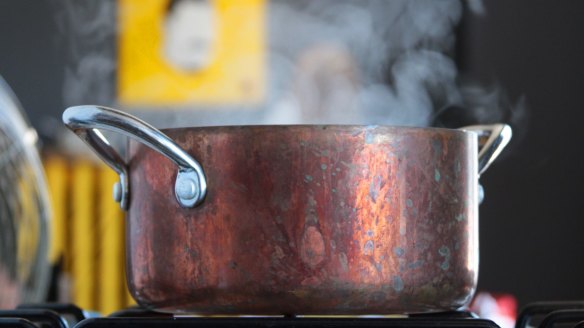A top chef's tips for cooking perfect dried pasta every time

The Italian-born executive chef for Barilla Australia, Andrea Tranchero, has cooked in Michelin starred restaurants around the world. In other words, he knows a thing or two about cooking pasta. Here, he shares his expert tips for cooking dried pasta to perfection.
Should you put oil or salt in your water and why or why not?
It's a big misconception that you need to put oil in water – it's a waste of oil. Why? It's simply science. Oil stays on top of the water, and the pasta sinks, so really it gets tipped out with the water. Salt, on the other hand, is essential. More than anything, we use salt to season the pasta during the cooking process. Be generous with the amount of salt you use. My Nonna used to say that the water has to be salty like the sea. Generally, we recommend seven grams of rock salt per litre of water. The majority of it will be drained out after the pasta is cooked anyway.

What's the ideal water to pasta ratio?
I cannot stress enough how important water is in the cooking process, and more is always better than less! Your pasta should be able to dance freely around the pot. The rule is you need one litre of water for every 100 grams of pasta. So for a 500 gram box of Barilla pasta, you need five litres of water. I suggest using a large saucepan that can fit the full amount of water with some space at the top left over. Bring the water to the boil then add rock salt. Once you've dropped your pasta into the water you need to stir it then put a timer on. Make sure you regularly stir the pasta (with love of course), and remember to reserve a ladle of cooking water before draining the pasta so you can add it to your sauce if needed.
How can you tell if it's cooked al dente? Do you throw it against the wall and if it sticks it's ready? Or is there another way to check?

As fun (and messy) as it might be to throw your pasta against the wall, it's not actually an indication on whether your pasta is cooked. The way to cook pasta al dente is to follow the instructions on the box. Al dente in Italian means "to the tooth", so your pasta shouldn't be soft, but rather firm with a little bit of a bite. If you follow the time instructions and don't over cook the pasta, it will be al dente.
Should you rinse the pasta after cooking?
Never, ever rinse your pasta. It actually washes away the starch. You don't want to do this because it's the starch that makes your sauce silky while helping it stick nicely to your pasta. Good quality pasta doesn't release much starch. You will notice that with a good quality pasta the pasta water will be clear, there won't be large bubbles or foam on top. Once the pasta is cooked, drain it and mix it with the sauce. The pasta absorbs the sauce and flavour, and this is the stage when you add a drizzle of good quality extra virgin olive oil.
Pasta shapes - which ones suit which sauces?
Some pasta are made to catch sauce. Take Penne for example. Penne comes in a quill or pen shape. Penne Lisce is smooth, Penne Rigate has ridges along it. These ridges or grooves capture the sauce – which is why we mix our pasta in with the sauce. By mixing pasta and sauce together, the pasta can soak up all of the flavour!
The best recipes from Australia's leading chefs straight to your inbox.
Sign up